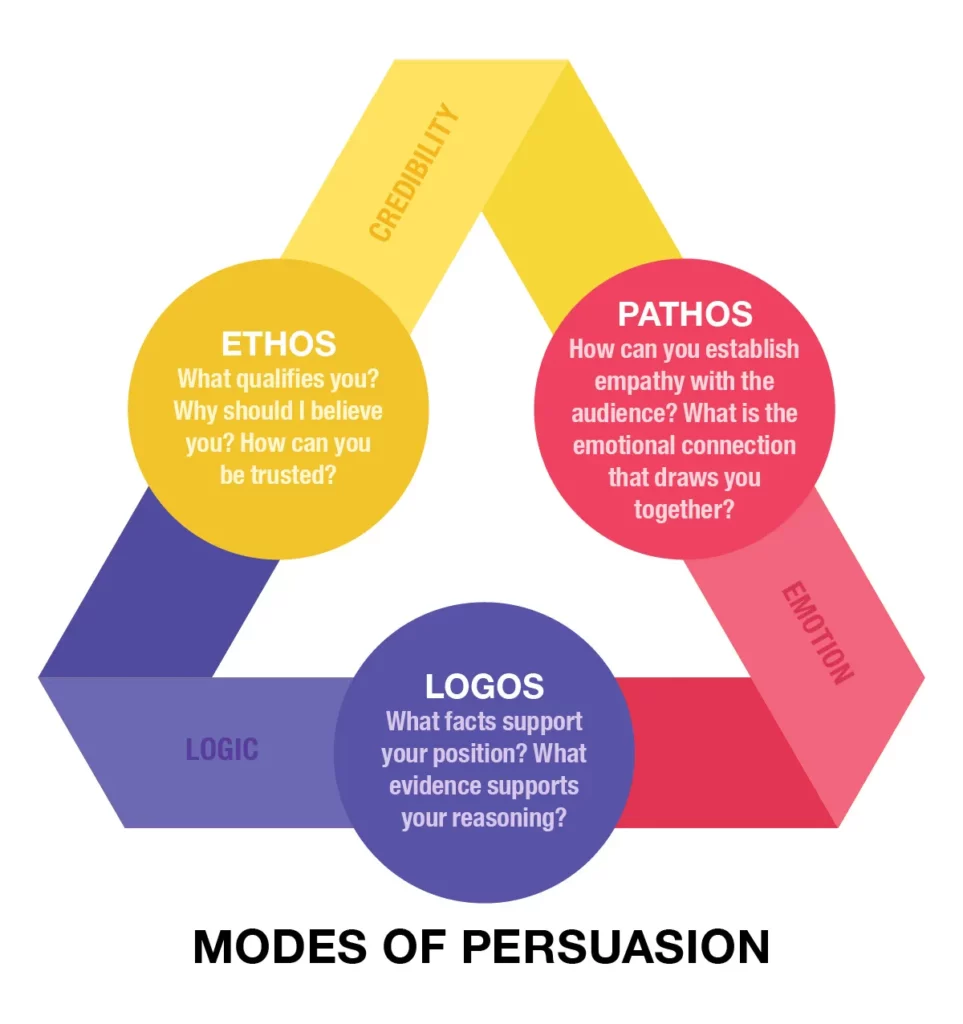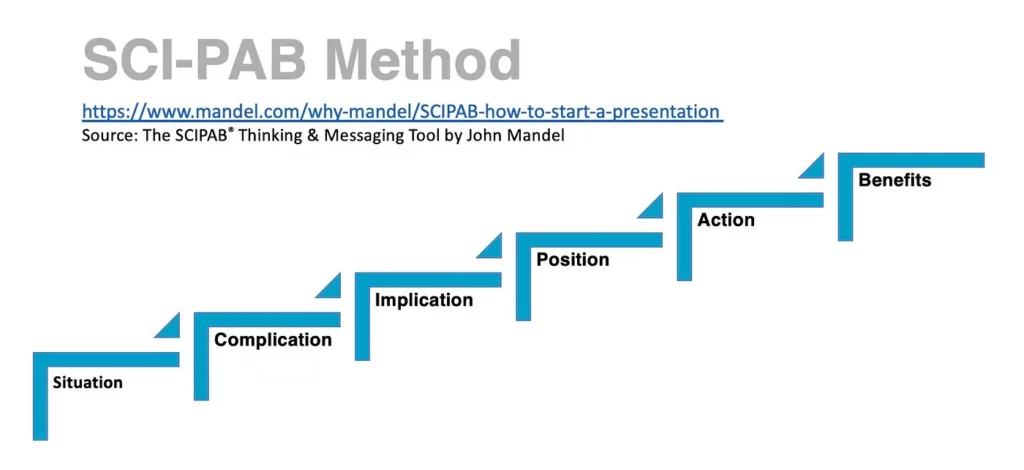The ART of Speechmaking and Presenting
Art Coviello’s six elements for creating and delivering an effective speech or presentation.
Improving your communication skills — both oral and written—is one of the most important drivers of executive growth. Success with customers, employees, partners and investors very often depends upon your ability to communicate well.
Rally Venture Partner Art Coviello has more than 30 years of strategic, operating and financial management experience in technology companies. He is also a professional public speaker with decades of experience presenting on a variety of topics in the public and private sector.
Art previously served as the CEO and Executive Chairman of RSA, the Security Division of EMC, and he was the driving force in RSA’s rapid growth, increasing revenue from $25 million to more than $1 billion in annual revenue. Under Art’s leadership, the RSA Conference became the most respected event in cybersecurity.
At our latest Masterclass for Rally portfolio companies, Art outlined the six elements for creating and delivering an effective speech or presentation.
1. Define Your Goal
For every speech or presentation you give, your goal will be one or more of these six goals: to inform, inspire, motivate, advocate, influence or entertain.
But, in the end, it’s all about persuading your audience.
Let me explain. If you are informing an audience, you want them to accept what you say as fact; inspiring, you want them to come away wanting to do something; motivating, you want to get them to act; advocating, you want them to support something; influencing, you want to have an effect on someone’s thinking; and entertaining, you want to provide the audience with amusement to give attention or consideration to something.
Picking a goal is all about what you want to achieve. Sometimes that means having multiple goals, but every one of these goals requires you to be believable and persuasive.

We call the art of persuasive speaking, Rhetoric. The foundation of Rhetoric is based on Aristotle’s “Modes of Persuasion” — how one appeals to the audience. There are three elements: ethos, pathos and logos.
Every speech or presentation must have some combination of these elements, but they need to be balanced based on the goal you set.
For example, if your goal is to inform, then you need a good dose of ethos very little pathos and a strong dose of logos. You get the idea.
2. Know Your Audience
Generically, your audience will be customers, employees, partners, investors, boards and the media. Usually it will be a combination. Recognizing the needs of each audience individually and collectively is often overlooked.
The speech is about the goal you are trying to achieve with the audience. It is not about you. Recognize also that sometimes the needs of one segment of the audience can be in conflict with another. Knowing potential conflicts in advance will enable you to avoid them altogether or handle them diplomatically.

Knowing the audience, individually and collectively, is paramount in crafting your presentation. You will want to know, as much as practical, about their ages, personalities, positions, experiences, their knowledge of the topic and their knowledge of you.
The venue, where all of this is taking place, will also have an impact. Is the meeting at your office or their office? Are you presenting in a conference room, small meeting room or an auditorium with a stage? Are you on Zoom? Are you sitting or standing? Are there tables, lecterns or projection screens?
Having the answers to all of these questions, or having as much knowledge as possible, is critical. Know the details and you will be more prepared, relaxed, comfortable and confident.
3. The Speech
The type of speaking opportunity will determine the form, content and delivery of your presentation.
I am always astounded at the lack of coherence in so many speeches and presentations. A lack of theme, intellectual honesty, connective tissue from one part to the next, a proper beginning, middle and end. And worst of all: incessant rambling that leaves the audience high, dry and asleep.
So, how should it be done?
In antiquity, rhetoricians developed an established method of argument known today as classical oration, which consists of six parts: introduction, narration, thesis, arguments, refutation and conclusion.
I’d like to introduce you to an additional construct for speechmaking and presenting that has perhaps more business applicability. It’s called the SCIPAB® Thinking & Messaging Tool by John Mandel, a speech coach I once used. If you were to look at videos of all my RSA Conference Keynotes you would recognize this construct. I’m happy to recommend him.

These constructs are essential for making a keynote speech, but they are also useful (in a downsized way) for constructing any presentation.
One additional note: have a style of your own and learn to write. Speech writers and graphic artists can be great helpers, but the words have to sound like you and reflect your personality. In terms of writing, work on continuously improving your ability to turn a phrase. You must (you have no choice) buy Mark Forsyth’s The Elements of Eloquence, which has 39 chapters on figures of speech. It’s highly informative and entertaining.
4. Delivery
Your delivery of the message is as important as the content of your message.
You can have the best words and value proposition, but lose it all on the delivery. I hate to say it, but appearance matters. Your posture counts. Lack of eye contact, proper elocution, monotonous cadence, gesturing without purpose and verbal tics can all be distractions that are self-defeating.

Your presentation may or may not have speaker support materials, but hear this: visuals or slides in any form should support or amplify the message and keep focus on the speaker. The operative word here is SUPPORT!
Used improperly, speaker support materials become a major distraction to you and the audience. When I sit through a presentation that is chock-a-block full of dense slides, I wonder if it’s just a bunch of BS. If there is that much content, send a paper out in advance or put it in a blog post.
Don’t let slides become a crutch for not figuring out how to be succinct or having a topic that can’t be covered in the time frame allotted.
5. Earn the Right to Speak
Be Qualified. I have been a CFO and CEO for public companies and have given countless presentations to Wall Street, often in high pressure situations. I gave 12 consecutive RSA conferences keynotes. Over time, I have given hundreds, perhaps thousands of press and customer interviews, presentations and conference speeches. I have domain knowledge of these rhetorical topics, which is why I’m speaking about them today.
Know Your Topic. Please, please, please. I’m pleading with you. If you want to please your audience, know your topic. I have been in the security industry for 25 years, but I still have to stay current and do research if I am going to continue to speak on the topic. This is especially true if it’s about a market segment in which I’m not as well-versed.
Prepare, Prepare, Prepare. One of the best compliments I ever received was that I looked natural and unrehearsed. Well, it required countless hours of rehearsal to receive that compliment.
The more you rehearse, the more time you will have to get the words right, so that every one of them counts. You’ll have time to focus on the delivery itself, pronunciation, where energy rises or falls, your movements and gestures and how to make effective use of your speaker support visuals. You’ll have time to develop the confidence you need to come across credibly.
6. Post Delivery
The only way to get better is to ensure you get constructive criticism afterwards and do your own self reflection on your performance.
Review all the components of your presentation and grade your performance in each area. When possible, try to get video so you can see and hear yourself as if you were a member of the audience.
I want to leave you with one final thought: Be passionate about everything you do. If you can’t be, then go do something else. If you care enough about a topic, then treat it with respect and let your passion show through. I guarantee you will be a better speaker and performer, and the audience will know it and feel it. They’ll also be rooting for you.



